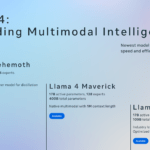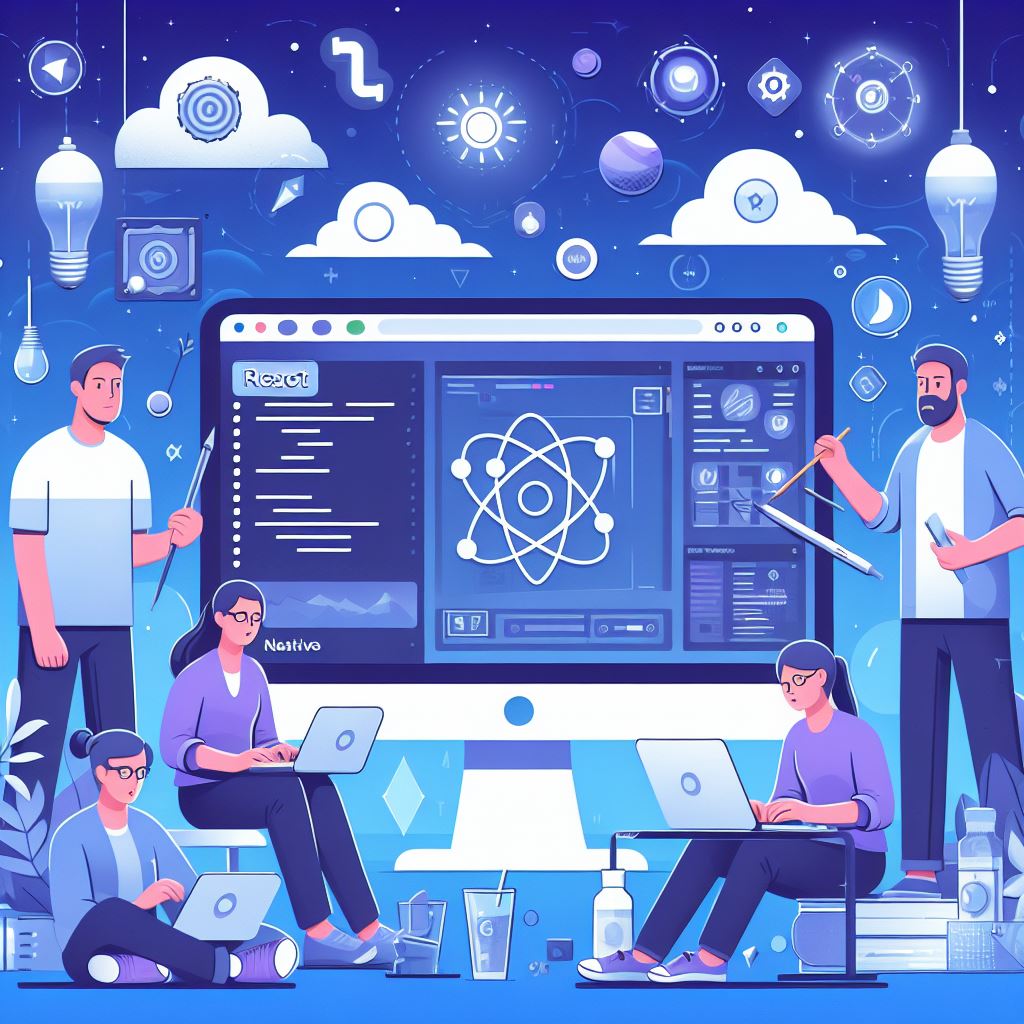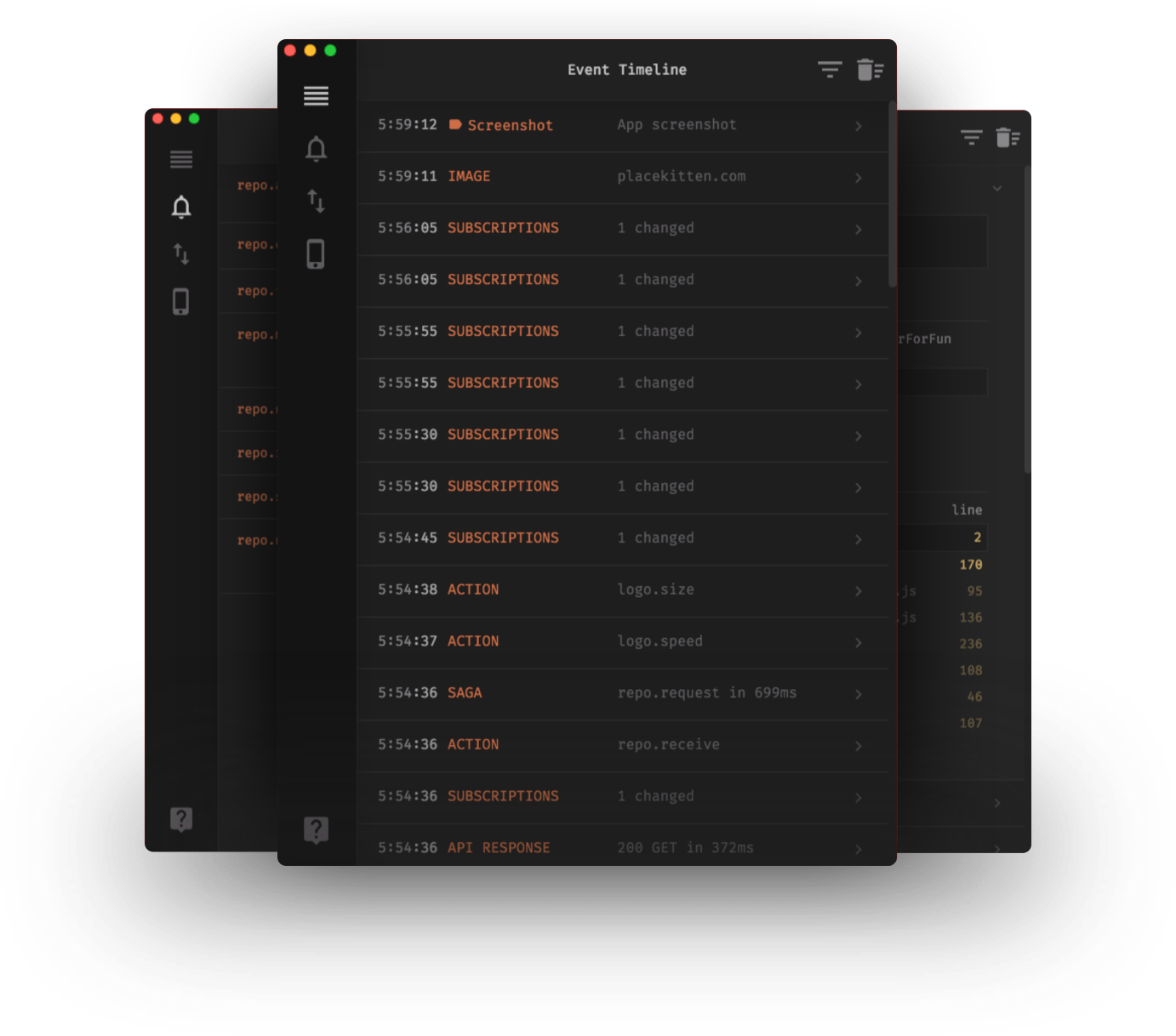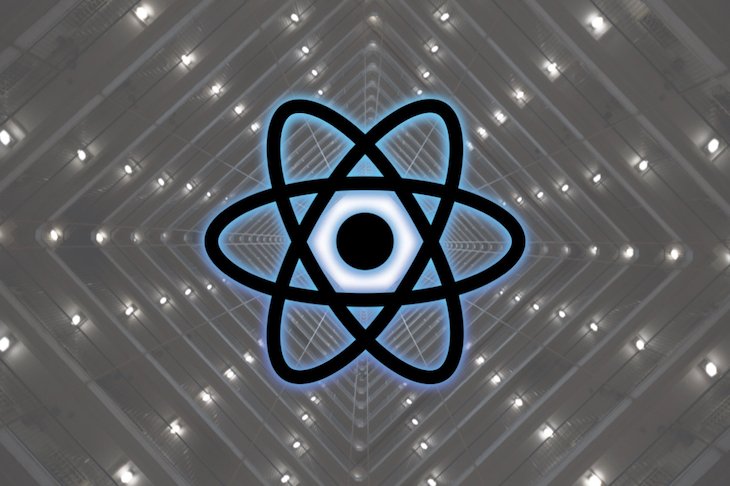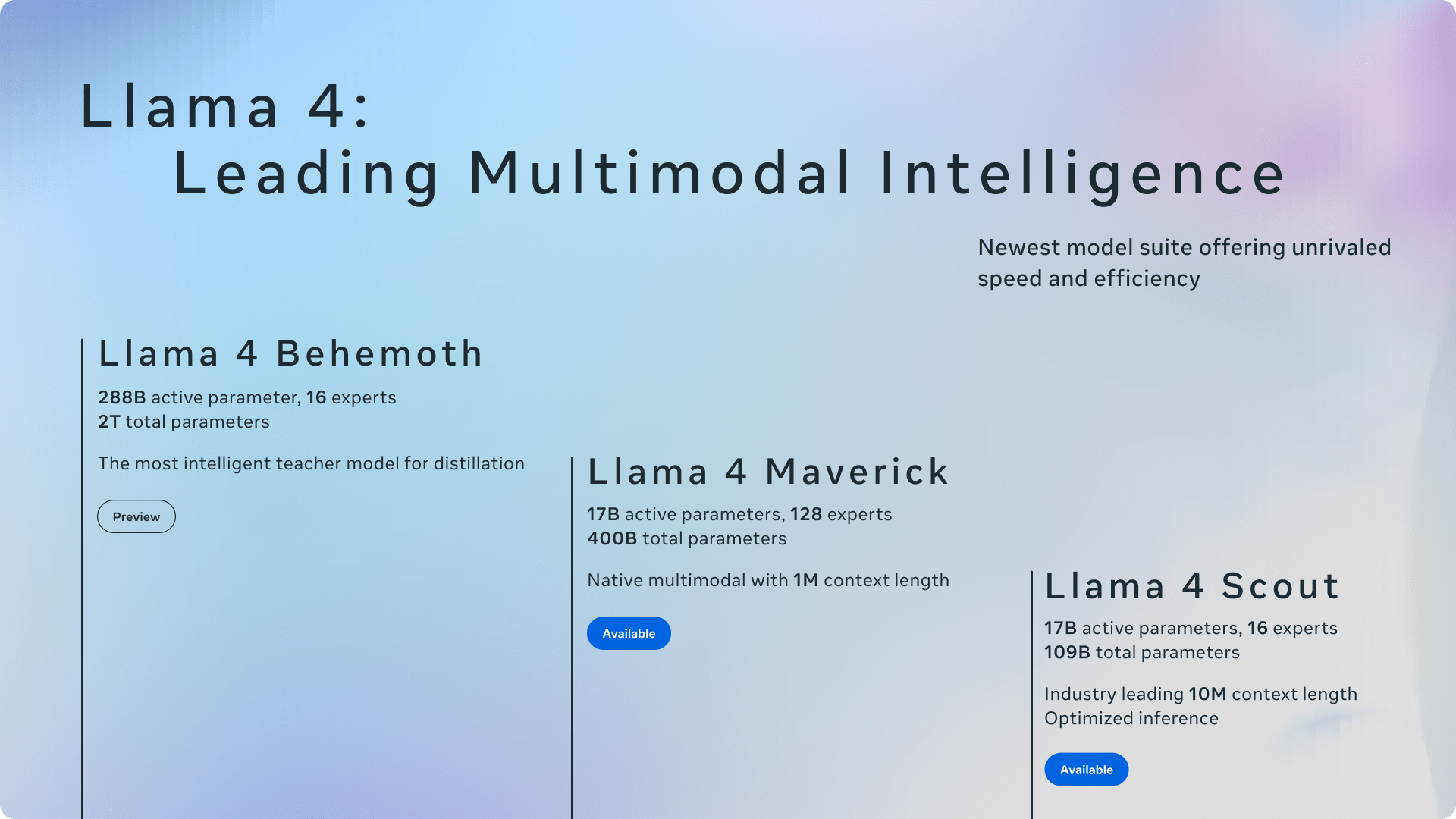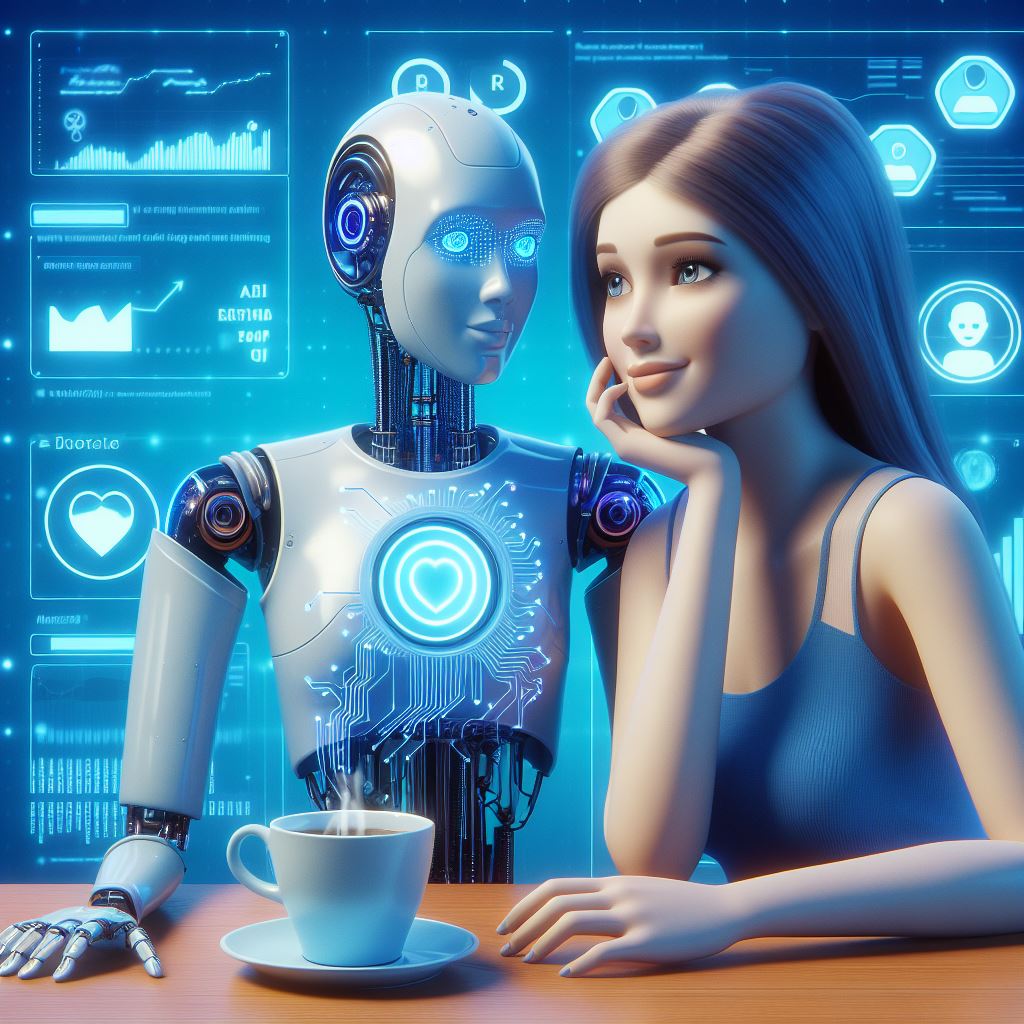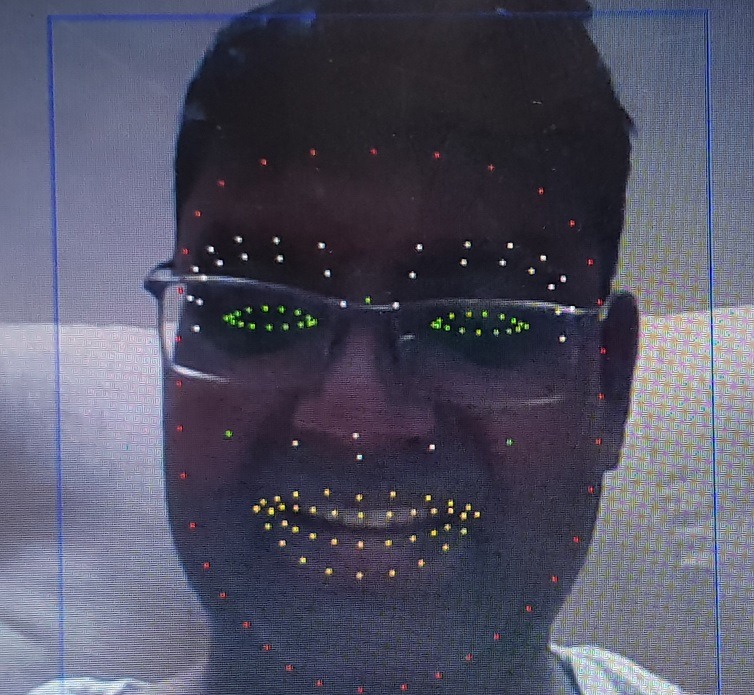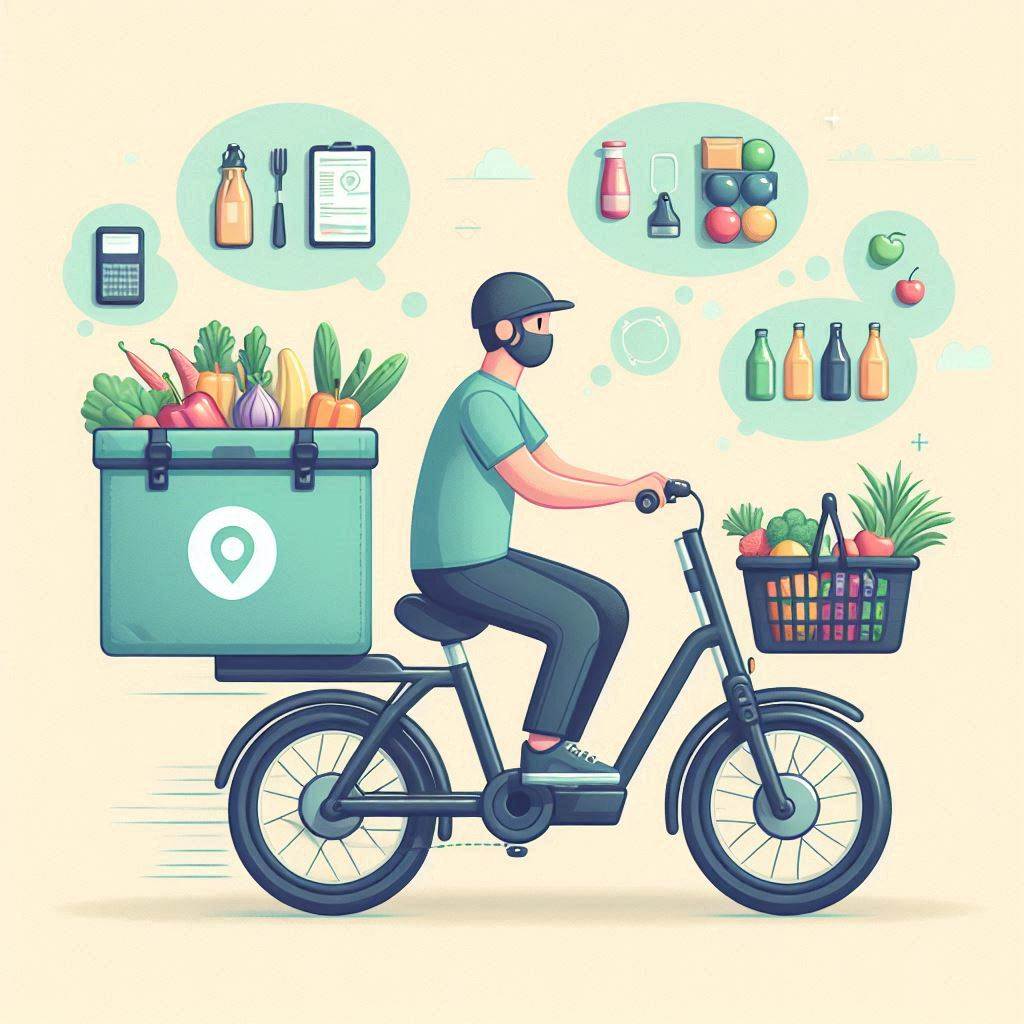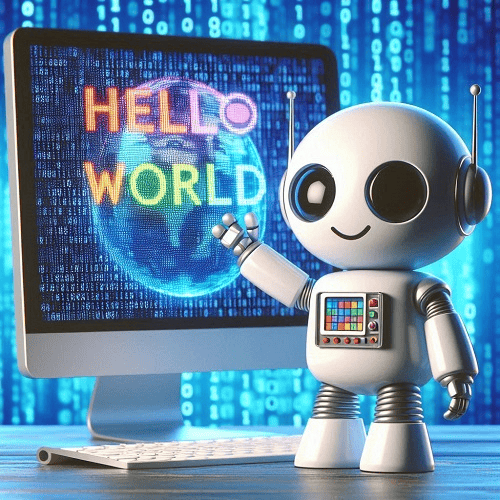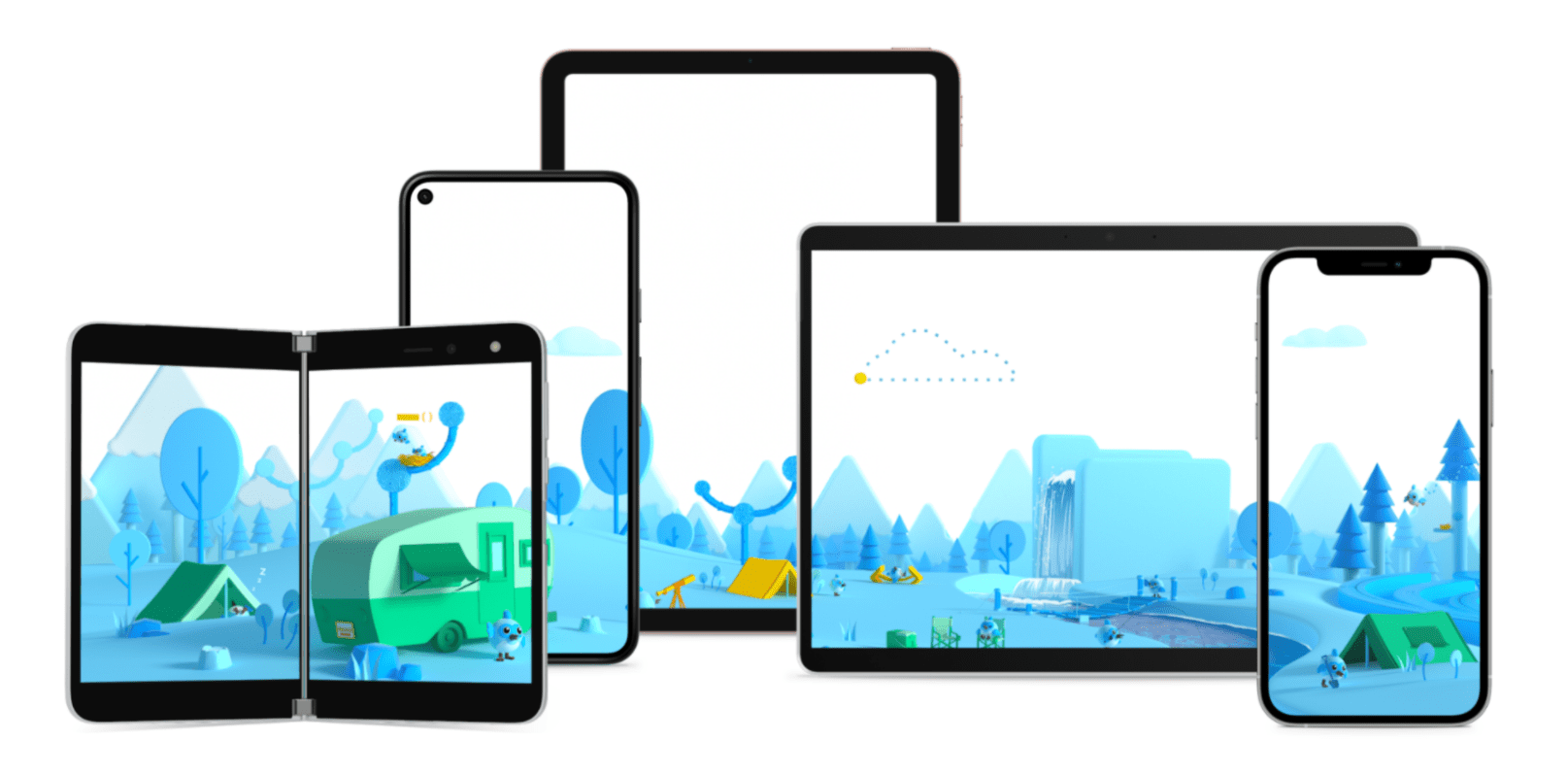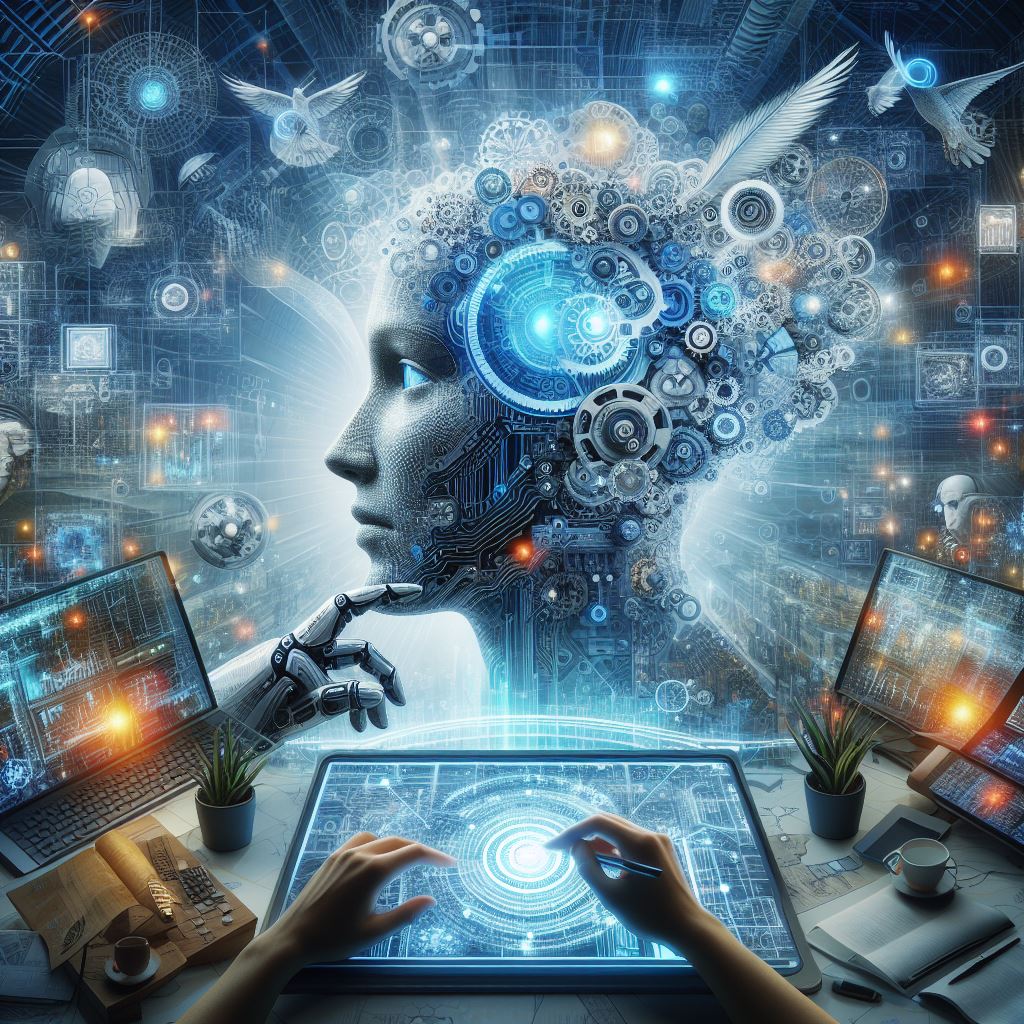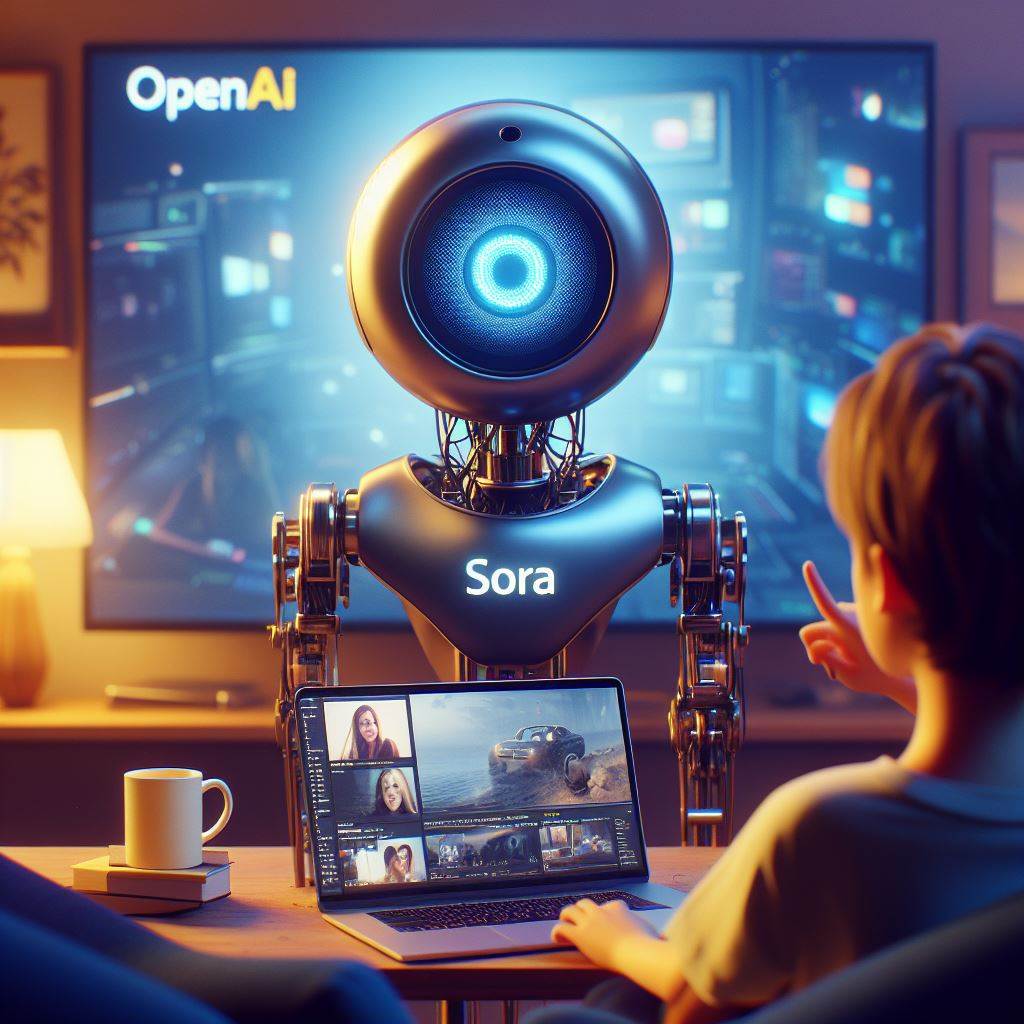Empowering Innovation: AI in Technical Architecture and Software Engineering

In the ever-evolving landscape of software development, the role of engineers is undergoing a transformation. As we embrace the power of artificial intelligence (AI), a new paradigm emerges—one where engineers orchestrate a crew of intelligent agents to bring their visions to life. Let’s delve into this exciting future and explore how AI is revolutionizing technical architecture and software engineering.
Demo of AI Agents in Action
Below video is the Demo of AI Agents in action to assist in architecture, software engineering / coding and reviewing the PRs.
Sophia the architect AI Agent creates tasks & sub tasks in Trello to build the features of the product.
Alex the software engineer AI Agent picks up To Do items from Trello, moves to WIP, develops code as per the requirement, creates PR and moves the task to Ready for Review.
Charlie the Tech Lead (Reviewer) AI Agent picks up Ready for Review task from Trello, picks up the PR for review and reviews the code and provides review comments or approves the PR and moves the Trello card to Approved.
This is the typical software development life cycle usually done by humans which can be automated using AI Agents and empower the software development teams.
Tech Stacks & Tools: Python, DsPy, Open AI, GPT4, Trello, GitHub
The Rise of Architect-Controlled Crews
1. Defining the Blueprint: Describe What to Build
As an architect, your first task is to envision the software solution. In the past, this involved detailed documentation, diagrams, and countless meetings. Now, with AI assistance, you can succinctly describe what needs to be built. Whether it’s a microservice, a complex algorithm, or an entire application, your instructions set the stage for the crew.
2. Collaborative Design: Discuss the Best Way to Build It Within Your Code
Gone are the days of isolated architects working in silos. AI facilitates collaborative discussions within your team. Sophia, the AI architect, analyzes existing codebases, identifies patterns, and proposes efficient design choices. She engages in real-time conversations with you, suggesting best practices, architectural patterns, and optimization techniques. Together, you refine the blueprint, ensuring it aligns with your project’s goals.
3. Ticket Creation: Streamlining Communication with Trello
Creating tickets is a crucial step in project management. Instead of manual ticket creation, Sophia generates detailed Trello cards. Each card contains essential information: requirements, acceptance criteria, deadlines, and dependencies. These cards serve as the crew’s roadmap. Alex, the software engineer, receives his tasks directly from Trello, eliminating ambiguity.
4. Agents at Work: Building Code and Creating Pull Requests
Meet the crew: Alex, Charlie, and their AI counterparts. Alex dives into coding, guided by Sophia’s architectural insights. Charlie, the tech lead (and human reviewer), oversees the process. Meanwhile, AI agents analyze code quality, adherence to standards, and potential issues. They automatically create pull requests (PRs) with descriptive titles and context. The crew collaborates seamlessly, with AI ensuring consistency and adherence to architectural guidelines.
5. Human Approval: Merging PRs with Confidence
Here’s the beauty of the system: no PR is merged without your approval. You, the architect, review the code changes. Sophia provides a summary of architectural decisions, highlighting any deviations. Charlie, the human reviewer, adds his expertise. Together, you ensure that no bugs or incorrect code slip through. The crew respects your authority, and the final merge is a well-informed decision.
The Future of Engineering
In this AI-empowered era, engineers evolve into orchestrators. Their creativity, problem-solving skills, and domain knowledge remain invaluable. Sophia, Alex, and Charlie—the dream team—represent the fusion of human ingenuity and AI precision. As we embrace this collaborative future, we empower innovation, accelerate development cycles, and build robust software.
So, architects, raise your virtual blueprints, software engineers, wield your keyboards, and tech leads, guide the way. The future is here, and it’s architect-controlled, agent-assisted, and human-approved. Let’s build remarkable systems together! 🌟🚀💻
Latest Highlights
-
 How To Build Stunning Web Apps: Tools, Steps and Examples
How To Build Stunning Web Apps: Tools, Steps and Examples -
 Llama API for Developers
Llama API for Developers -
 Firebase Studio: The full stack AI App Development workspace
Firebase Studio: The full stack AI App Development workspace -
 Meta’s Llama 4: Revolutionising AI Code Generation Tools with Massive Context Windows
Meta’s Llama 4: Revolutionising AI Code Generation Tools with Massive Context Windows -
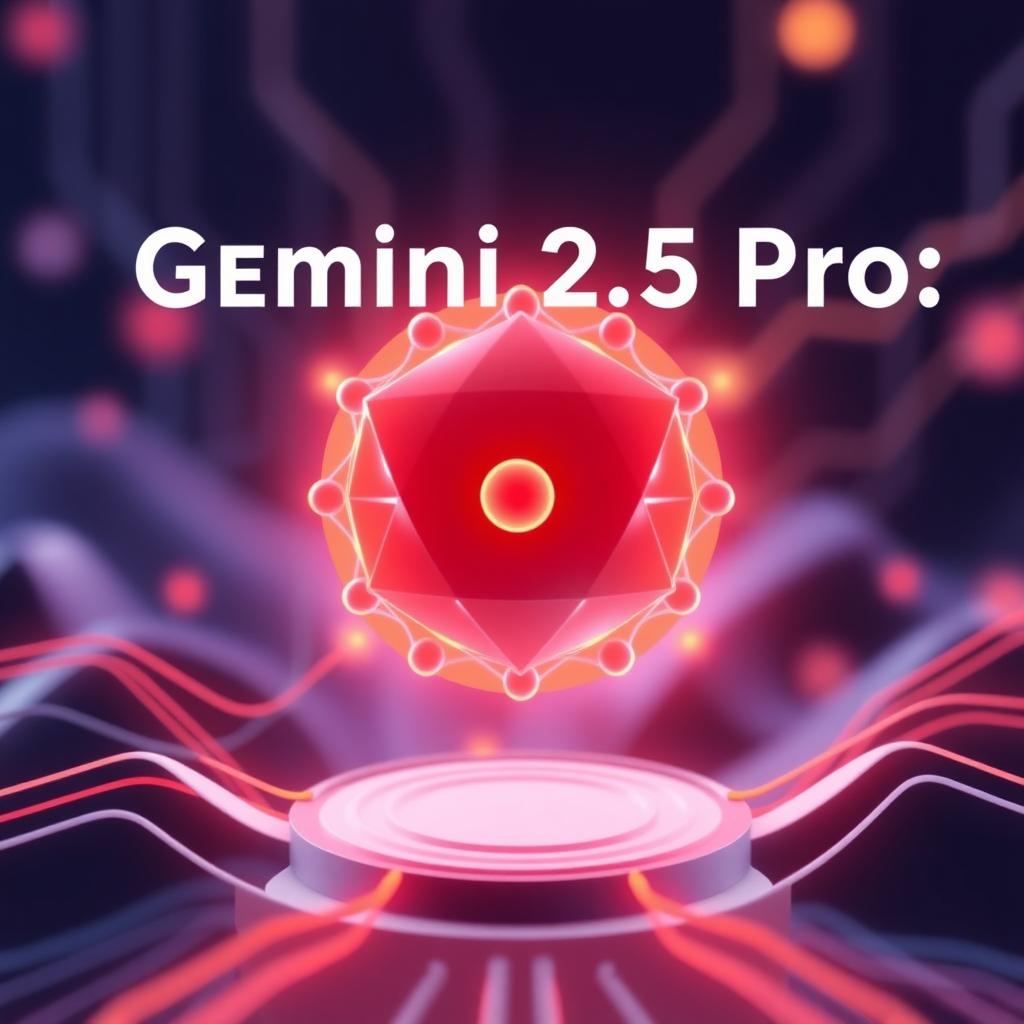 Gemini 2.5 Pro: The Future of AI Reasoning
Gemini 2.5 Pro: The Future of AI Reasoning -
 GPT-4o Just Got an Insane Upgrade: Native Image Generation is Here!
GPT-4o Just Got an Insane Upgrade: Native Image Generation is Here!
Categories
Unleash the Power of AI Agents Today!
Automate tasks, enhance productivity, and drive smarter decisions with AI agents tailored to your needs. Experience the future of work with intelligent, responsive solutions.
Ready to elevate your business?
Explore our AI agents now and discover how they can transform your operations. Get started today!




